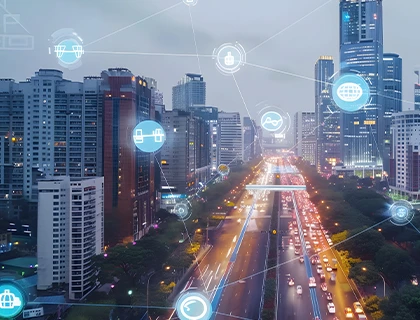
The IoT market is exploding; by 2030 there will be an estimated 40 billion devices in circulation. For sustainability-focused organisations, this presents a challenge: how to manage the lifecycle of these devices without increasing planet-harming e-waste.
7 Mins
6th November 2024
Infographic
Sustainability, IoT
The IoT market is exploding; by 2030 there will be an estimated 40 billion devices in circulation. For sustainability-focused organisations, this presents a challenge: how to manage the lifecycle of these devices without increasing planet-harming e-waste.
Repurposing and redeploying these devices means changing the use case of the device at the end of its intended lifecycle. This reduces the dependence on raw material extraction and increases the lifetime value of the product.
There are also opportunities to extract components and layer new technology to fundamentally change its use case.
Let's find out how:
Get the latest digest on business and technology trends straight to your inbox.
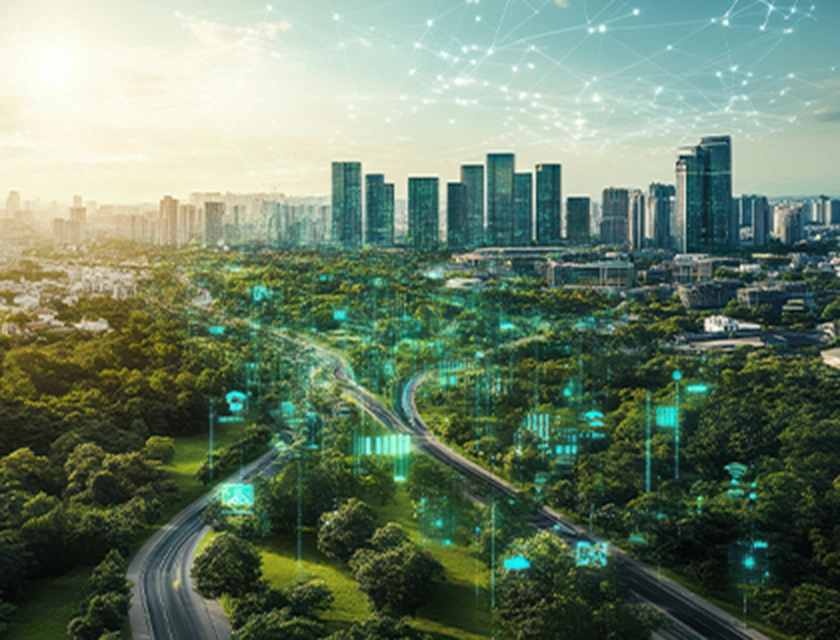
5G, Sustainability, Connectivity
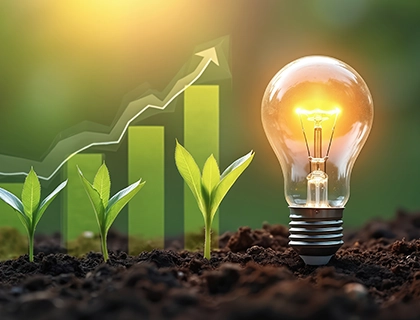
Sustainability, Manufacturing and logistics, Smart cities

Sustainability
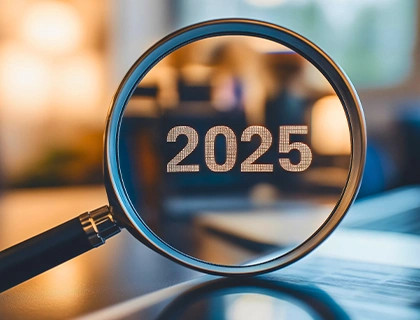
Sustainability
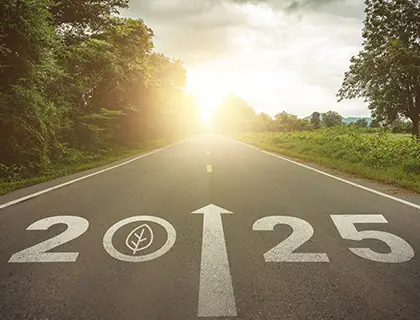
Sustainability, Transportation, Smart cities
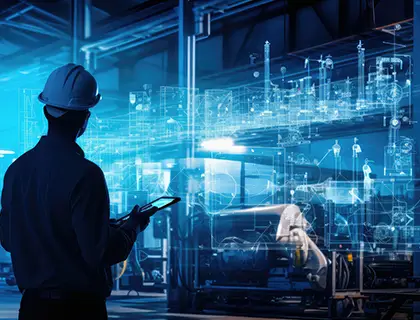
Sustainability, 5G, Manufacturing and logistics